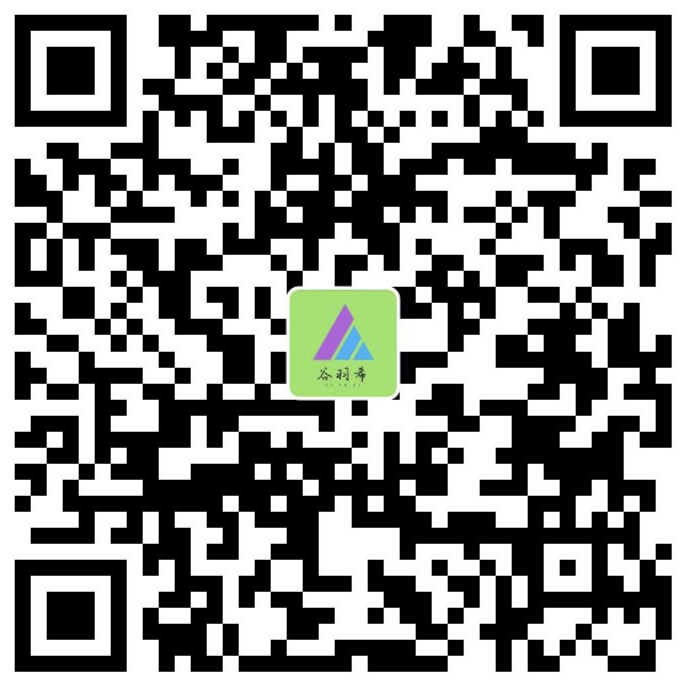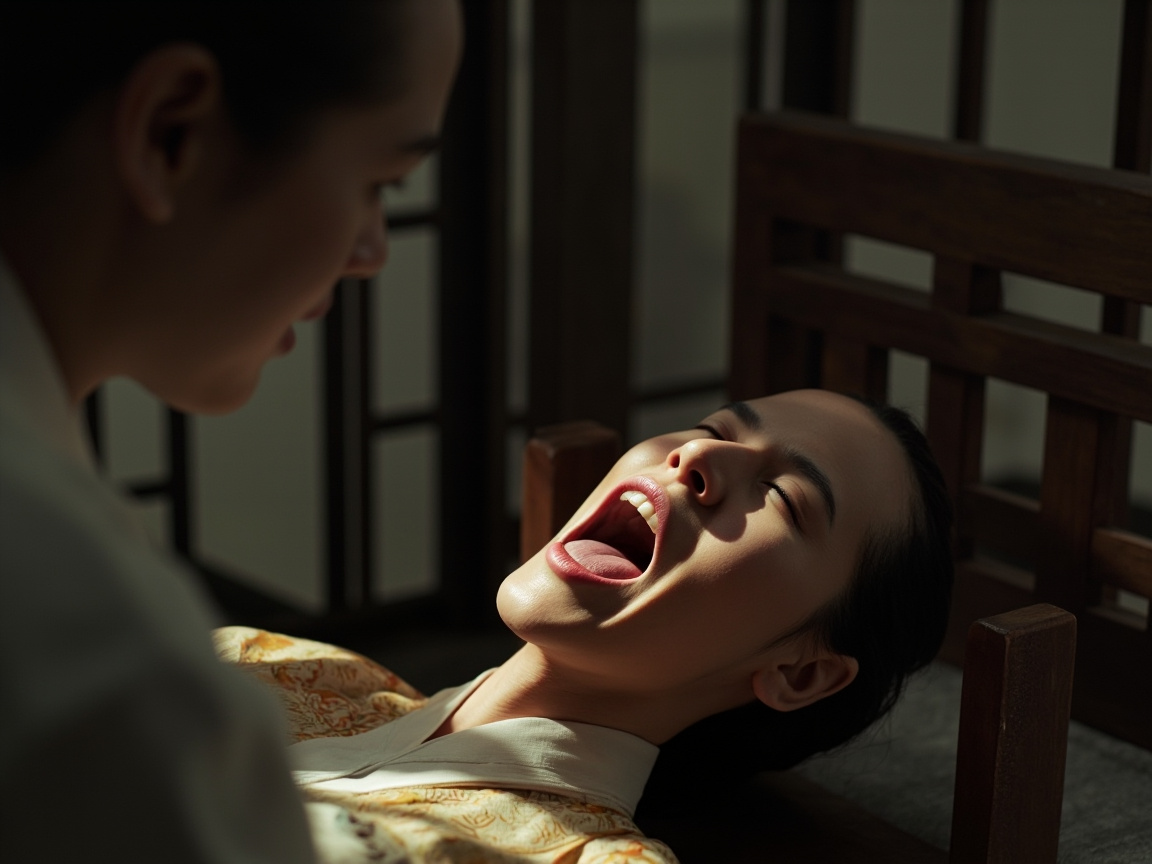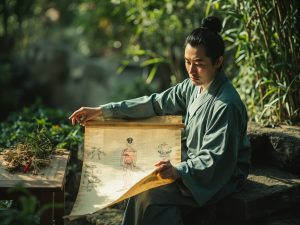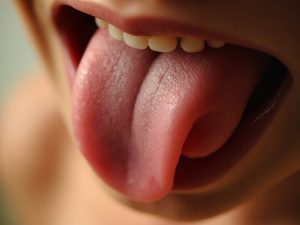Table of Contents
ToggleMethods of Tongue Diagnosis in Traditional Chinese Medicine
Author: Gu Yuxi Editor: Gu Yuxi Translator: Gu Yuxi
Methods of Tongue Diagnosis
When observing the tongue, the practitioner’s posture can be slightly higher than the patient’s to facilitate looking down at the mouth and tongue area. The patient can be in a sitting or supine position, with the head slightly raised, opening the mouth as much as possible, naturally extending the tongue outward, relaxing the tongue body, with the tongue tip slightly downward and the tongue surface flat, so that the tongue body is fully exposed.
The order of tongue observation is to first look at the tongue tip, then the tongue center and edges, and finally the tongue root.
Because the color of the tongue body is easily changed, prolonged tongue protrusion will cause the tongue body’s color to become distorted with the flow of blood. However, the tongue coating covers the tongue body and generally does not change with the duration of observation. Therefore, tongue observation should first look at the tongue body, then the tongue coating. Then, based on the basic characteristics of the tongue body and coating, examine each aspect separately.
When observing the tongue body, mainly observe its color, luster, shape, and movement;
When examining the tongue coating, focus on observing its presence or absence, color, texture, and distribution.
During the process of tongue observation, it is necessary to be both quick and accurate, trying to shorten the patient’s tongue protrusion time to avoid oral and lingual fatigue. If the initial tongue observation is not conclusive, the patient can rest for a moment, and then the tongue can be re-examined.
According to clinical needs, the sublingual collaterals can also be observed.
Tongue diagnosis is mainly based on visual examination. To make the diagnosis more accurate, it is also necessary to combine it with auscultation and olfaction, inquiry, and palpation and scraping when necessary for a comprehensive examination.
For example, the Tongue Mirror for Differentiation and Correction proposes using the method of scraping the tongue to examine the coating for tongue diagnosis, believing that observing the base of the coating after scraping away the superficial coating is an important aspect of tongue differentiation. Tongue scraping can be done using the edge of a sterilized tongue depressor with moderate force, scraping the tongue surface from the root to the tip three to five times. If the coating cannot be scraped off or leaves behind debris, it often indicates a substantial pathogenic factor in the interior; if it is easily scraped off and the tongue body is clear and smooth, it often indicates a deficiency pattern. If it is necessary to wipe the tongue, a sterilized cotton swab dipped in a little clear water can be used to wipe the tongue surface several times.
These two methods can be used to distinguish whether a tongue coating has roots or not, and whether it is a stained coating.
In addition, one can also inquire about the sense of taste on the tongue, whether there are abnormal sensations such as pain, numbness, or burning on the tongue body, and whether the tongue movement is flexible, to assist in diagnosis.
— Excerpt from Li Candong’s Diagnostics of Traditional Chinese Medicine
My Annotations and Analysis:
Key Points of Tongue Diagnosis Procedure (Simplified Learning Edition)
One. Patient and Practitioner Positioning
1. Practitioner posture: Slightly higher than the patient, facilitating observation from above.
2. Patient positioning:
- Sitting/Supine position.
- Head tilted back 15-20 degrees.
- Naturally open mouth, tongue tip lightly touching the inner side of the lower lip.
Two. Tongue Protrusion Guidelines
1. Relaxed and flat tongue body.
2. Naturally drooping tongue tip.
3. Areas to observe: Tongue tip → Tongue center → Tongue edges → Tongue root.
Three. Observation Procedure
1. Order Principle:
- First the tongue body (color/luster/shape/movement).
- Then the tongue coating (presence/absence/color/texture/distribution).
- Total time ≤ 10 seconds/session.
2. Regional Observation:
- Tongue tip → Heart and Lung condition.
- Tongue center → Spleen and Stomach function.
- Tongue edges → Liver and Gallbladder status.
- Tongue root → Kidney system issues.
Four. Auxiliary Techniques
1. Tongue Scraping Method:
- Tool: Sterilized tongue depressor.
- Direction: Tongue root → Tongue tip (3-5 times).
- Judgment: ✓ Coating difficult to scrape off → Excess pattern ✓ Easily scraped clean → Deficiency pattern.
“2. Tongue Wiping Method:
Tool: Moistened sterilized cotton swab.
Purpose: To differentiate stained coating/true coating.”
Five. Supplementary Inquiry
1. Tongue Sensation: Pain/numbness/burning sensation.
2. Motor Function: Flexibility/tremor.
3. Taste Changes: Abnormal taste experiences.
Six. Precautions
1. Time Control: Single observation ≤ 15 seconds.
2. Re-examination Interval: After a 3-minute rest.
3. Environmental Requirements: Natural white light is best.
4. Interference Exclusion: Inquire about diet/medication history beforehand.
Disclaimer:
The experiences and insights shared above represent the author’s personal usage and understanding, and are provided for reference only as part of academic exchange. Please do not blindly replicate or apply them; any consequences arising from such actions are solely your responsibility. As individual constitutions vary, medication should be tailored accordingly. It is advisable to use such treatments under the guidance of a qualified physician. If you have additional experiences to share, comments and submissions are welcome.
If you appreciate my article, please give it a like.
If you are a generous and affluent individual, please consider making a donation!
Your recognition is my greatest motivation to continue writing—thank you very much!
USD Donation Button —
A RMB donation button is available below.
 微信赞赏
微信赞赏 支付宝赞赏
支付宝赞赏




